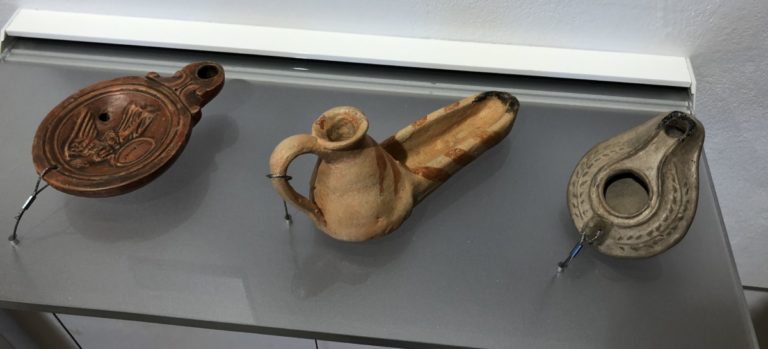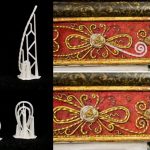The Manacor Museum in in Mallorca, Spain is looking to profoundly change its visitor’s experience of the exhibits. While museums are closely associated with a ‘don’t touch’ policy when it comes to exhibits, they hope to change this dynamic. Considering how most items on display in historical museums are artefacts too old, valuable and fragile for such a policy, they are turning instead to additive manufacturing, which will allow them to make 3D printed exhibit replicas that the visitors can hold and feel as they see fit.
Néstor F. Marqués is the man behind the replication process, using advanced photogrammetry. Even though the original exhibits will be behind a glass casing, visitors can indulge their curiosities with these duplicates. The museum staff have so far chosen 12 objects to put on display. The replica exhibit will be open till 15 July, although the concept may have a future beyond that as well.
The recreation of the objects was at a 200 and 100 micron resolution. Other artefacts were even at 50 microns when minute details served a crucial purpose for the piece. Though, the printers can only do so much in replicating. The exhibit replicas still required painting and coloring before they could go on display. This is where Margalida Munar and Bernat Burgaya stepped in, making the objects indistinguishable from their ancient counterparts.
3D Printed Exhibit Replicas
The idea behind the concept might seem odd to some but it has its benefits. Firstly, this way those visitors who have visual impairments can also join in with what was once a visual experience. Inclusivity of the disabled can only be a good thing. Another reason is that many of these objects served functional purposes. The ability to touch and feel lamps and ancient coins can be valuable as well, giving a larger depth of experience.
Increasingly, museums are using additive manufacturing technologies and 3D scanning to revive and restore antique works with precision. Previously, these artefacts had a definite limited lifespan. Now, with the aid of newer technologies, they can be brought back for ages to come. While some might disagree with the importance of recreating objects for visitors to touch, there is value in it. After all, Museums are there to give a genuine experience of the past, so who says it only has to relegated to our sense of sight?
Featured image courtesy of Sketchfab.













